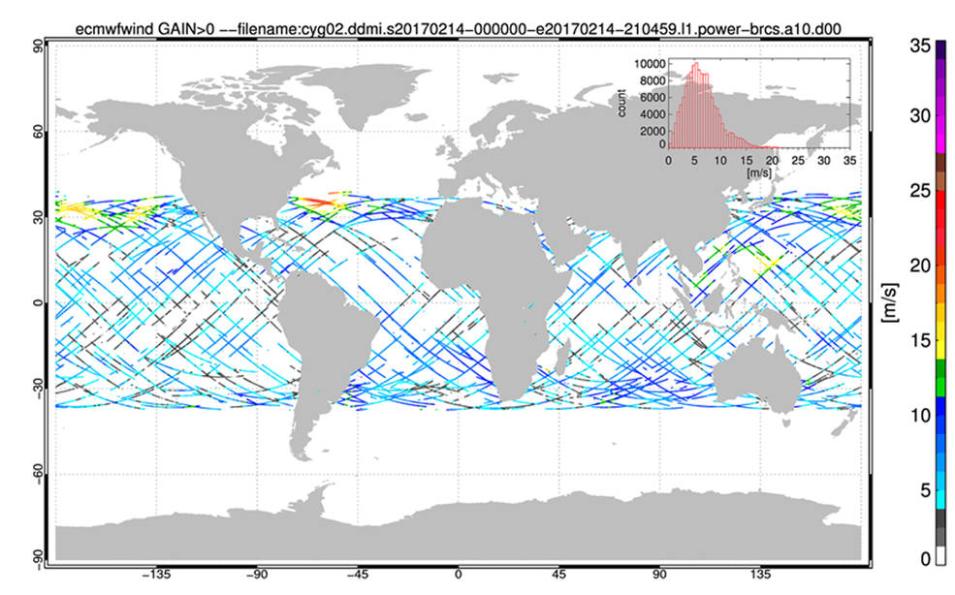Dr. Timothy Lang, Lead Research Aerospace Technologist in the Earth Science Branch at NASA’s Marshall Space Flight Center
Research Interests: Lightning, convection, precipitation, and ocean winds. Given his work on ocean winds, storms, and transient luminous events like sprites, Lang likes to say that he “studies everything between the surface of the ocean and the base of the ionosphere.”
Research Highlights: Ben Franklin might have been the first to prove the electrical nature of lightning with his famous kite experiment, but in more modern times, it was the work of Scottish physicist and meteorologist Charles Thomson Rees Wilson who made the most significant contributions to our understanding of the phenomenon. Wilson, winner of the 1927 Nobel Prize in Physics for the invention of the cloud chamber, was the first to use electric field measurements to estimate the structure of thunderstorm charges involved in lightning discharges, and his work remains at the center of current lightning research.
Today, scientists have a better understanding of where and why lightning occurs, what lightning patterns exist over the globe, and what lightning tells us about atmospheric convection (i.e., the vertical movement of heat and moisture in the atmosphere). Yet, there is still more to learn about the electrical characteristics of storm systems, convection, and precipitation and how their interaction affects the development of severe weather.
In pursuit of these discoveries, scientists around the globe rely on data from a wide variety of in-situ, airborne, and space-based instruments capable of detecting the presence of lighting, observing its optical and electrical characteristics, and measuring the particles inside storm clouds. Among these scientists is Dr. Timothy Lang, lead research aerospace technologist in the Earth Science Branch at NASA’s Marshall Space Flight Center in Huntsville, Alabama.
Marshall's Earth Science Branch conducts research on lightning and precipitation processes, weather and climate variability, and fluxes of heat and water from the surface. It also manages and mines data for scientific discovery and the development of weather-related applications for societal benefit. Lang’s work in particular involves the use of lightning data to better understand the processes within convective storms.
“When storms produce lightning, that tells us very specific, quantitative things about what is happening within them,” he said. “Even the absence of lightning is itself information about what is happening within storms.”
The data Lang uses in his research come from several sources, including NASA’s Global Hydrometeorology Resource Center Distributed Active Archive Center (GHRC DAAC), which is a joint venture between Marshall and the University of Alabama in Huntsville’s (UAH) Information Technology and Systems Center (ITSC). The GHRC DAAC ingests, processes, archives, and distributes the satellite, airborne, and in-situ datasets in NASA’s Earth Observing System Data and Information System (EOSDIS) pertaining to the global hydrologic cycle, precipitation, lightning, and severe weather. It also provides expertise, resources, support, and tools to users worldwide.
